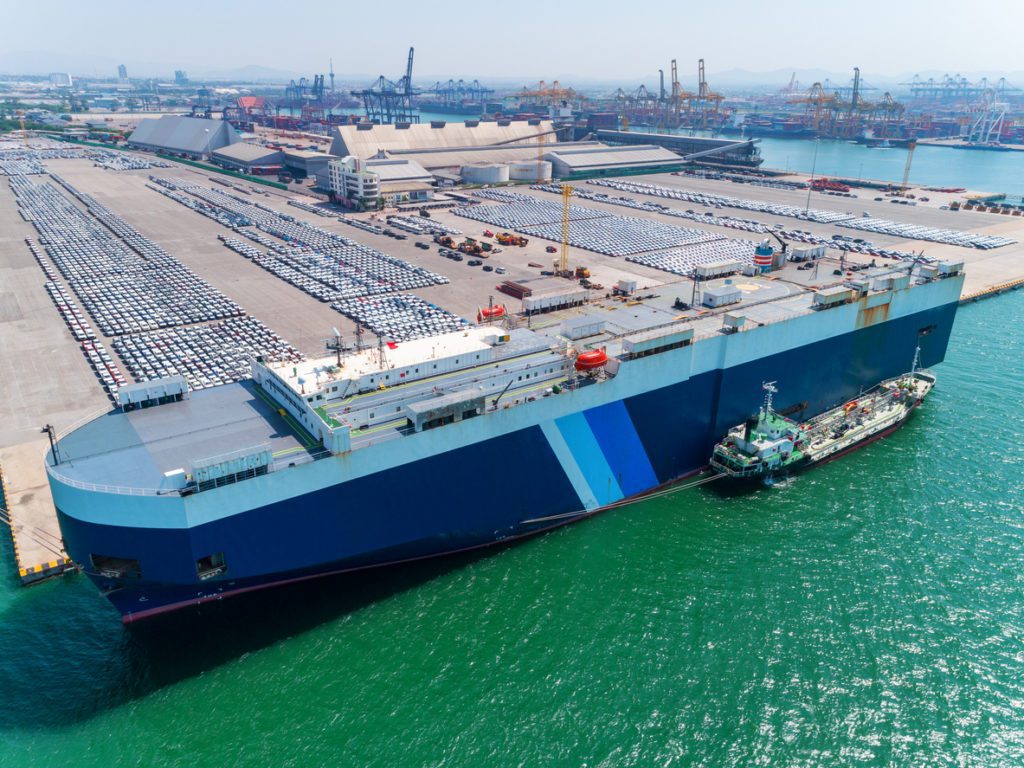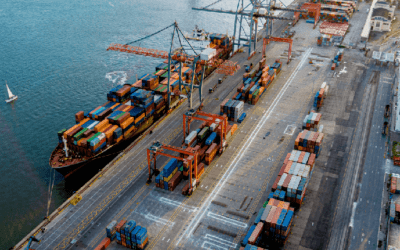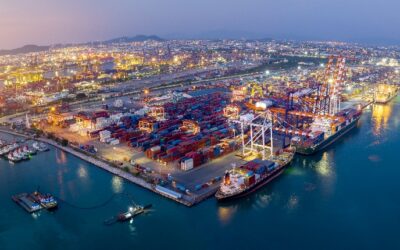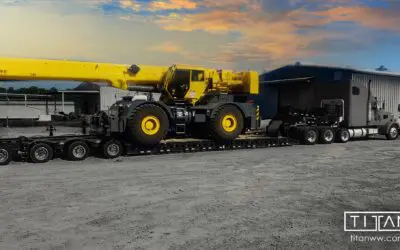Breakbulk Shipping: Everything You Need to Know
If you’ve been involved with the shipping industry, you likely know the term breakbulk shipping. You might also have heard it called project cargo, but either way, it is a popular way to transport general cargo or goods that do not fit in standard shipping containers or cargo bins.
Breakbulk shipping is the ideal option for oversized goods since it typically does not require these types of cargo to be broken down to load and ship them. Conversely, it means reassembly is not necessary when they reach their destination.
Shipping Breakbulk Cargo
Breakbulk cargo is typically not liquid bulk such as vegetable oil or casks of wine. Instead, it consists of cargo weighing more than 100 tonnes, such as large generators, transformers, structural steel, wind turbine components, construction equipment, and other non-containerized cargo. Shippers frequently involved with over-dimensional cargo shipping have favored breakbulk shipping over intermodal containers for many years.
Breakbulk cargo gives more options for the loading and unloading processes, including flat racks and Roll-On/Roll-Off (RoRo), meaning large equipment gets loaded and unloaded by rolling it on and off the bulk carriers. Since everything is in one piece, only one bill of lading is needed when shipping internationally.
What is the difference between bulk shipping and breakbulk shipping?
Breakbulk shipping is when individual cargo items are transported whereas bulk shipping is when things like grain are loaded onto the ship loosely. The two types of cargo require specialized cargo ships and methods to load and unload properly.
The term breakbulk comes from “breaking bulk” which was a term used for when items were transported “not in bulk cargo”.
The Benefits of a Breakbulk Shipment
There are numerous advantages to breakbulk shipping, but these are the most notable:
- No disassembly and reassembly: Shipping oversized goods without the hassle of disassembling them into smaller shipments is a significant benefit. The breakbulk cargo is typically attached to a skid or pallet, lifted into the ship’s hold for stowage using special equipment, moved to its destination on a RoRo or breakbulk vessel, and completed the unloading process at the next port (some items might be subject to lashing requirements).
- Access to most ports: Another advantage to breakbulk shipping is that goods can be delivered to most ports in the world since bulk cargo vessels can enter those smaller ports that cannot handle larger container ships or tankers. Underdeveloped countries without modern ports can receive the products and goods they require thanks to breaking bulk shipping.
- No need to combine goods in a container: You can ship your items separately. For instance, a company could order an oversized piece of construction equipment from another company overseas and have the equipment shipped in one piece and arrive intact. The alternative is to have it broken down and transported in a container. In the latter case, the company must pay for the equipment to be deconstructed, packed, shipped, unloaded, delivered, and eventually re-assembled.
Breakbulk shipping is an efficient process that saves time and money while reducing paperwork.
Potential Problems With Breakbulk Shipping
Although breakbulk shipping is often the best option for your oversized project cargo, you could encounter a few issues:
- Too few vessels: Finding the correct type of vessel when you’re ready to ship your cargo can be challenging. However, an experienced international freight forwarder can help you plan the transportation for your project. They have relationships with ocean carriers worldwide and can help you obtain a spot on a breakbulk vessel that matches your timeline.
- Higher costs: Moving breakbulk cargo requires more handling and labor compared to containerized shipping. Breakbulk cargo is priced per metric ton or cubic meter, making it more difficult to estimate costs. Giving drawings and lifting diagrams to your international shipping partner will help in the planning and permitting phases, resulting in a more accurate estimate for your project.
- Increased risk: Because breakbulk cargo is large, it may need special or extra handling, heightening the risk for damage or vandalism. Your freight forwarder should have a team of experienced professionals that understand the process and common risk points, helping you avoid them from the start.
The Ressurection of Breakbulk Shipping
Over the years, break bulk shipping has lost ground to containerized cargo. Still, with a shipping-container shortage and supply chain issues fouling global trade, some companies are moving away from containers and booking dry bulk vessels to circumvent the problems.
Dry bulk cargo ships can carry unpackaged raw material in the ship’s holds rather than in containers. Sugar, coffee, rice, cotton, and cocoa are just a few products that can be transported in dry bulk vessels. Breakbulk cargo vessels can also transport products like sacked sugar and rice.
A growing portion of rice and sugar are arriving in bulk instead of containers at ports across the country, and they are being shipped in super sacks or dry bulk to compensate for these delays. Recent data from the US Census Bureau shows the imports of rice in containers have fallen almost 20 percentage points, while bulk carriers with rice have reached their highest level since March 2015.
As for sugar, Paulo Roberto de Souza, Chief Executive of Alvean Sugar, the world’s largest sugar trader, told Reuters that about 80% of refined sugar was sent in containers before the pandemic. Now it has dropped to around 60%!
Is Breakbulk Shipping Right for You?
Although shipping non-containerized cargo is more of a challenge than container shipping, it will likely continue to be the best option for shipping large, heavy equipment and other project cargo that won’t fit into a standard container.
And now that you understand the breakbulk shipping option better, it’s just a matter of finding the best shipping company to follow through. Regarding ocean freight, Titan Worldwide will take your cargo safely to its destination, and we will guide your break bulk cargo from “ship to site” and handle all the logistics along the way.
Check out our Over Dimensional Transport services page for more information and solutions for your business, or contact us today for a free quote.




